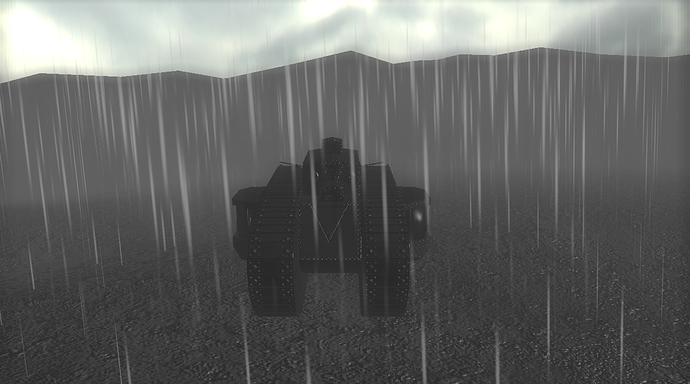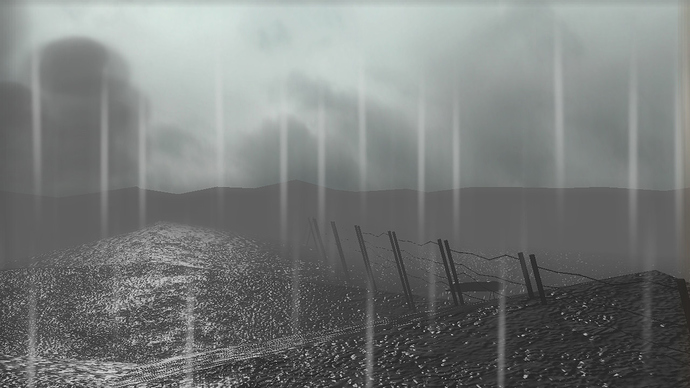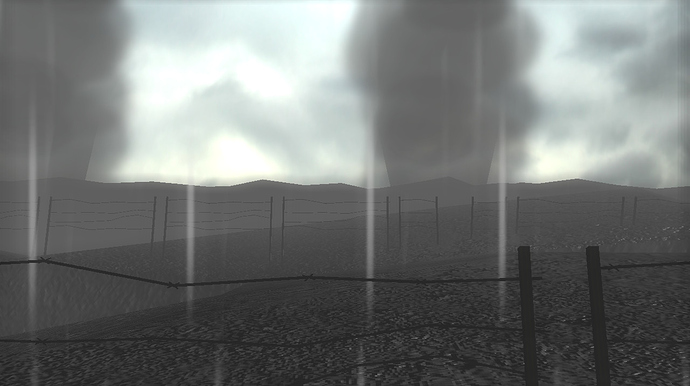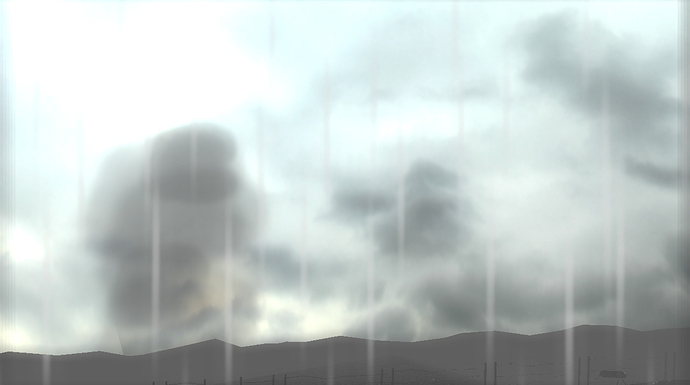Hello, ladies and gentlemen,
Firstly, I’d like to apologize for my bad English, but at least it can be funny sometimes. 
This is my first thread in the forums, and I will be showing you a project that I’ve been working on for about a month. It’s more like an experiment with the knowledge I’ve gathered up to now about the Blender Game Engine.
I don’t have a lot of time now, I might even stop working on this project, but who knows, only time will tell. 
Everything is in a test stage, it’s quite far from being ready.
World War 1: The Darker Side
This is actually a working title, I may change it in the future.
The plot:
The year is 1919 and although the Germans seemed exhausted, they quickly began regaining territories, and Britain and France send their bravest men to the battlefield. But having gained a lot of experience, the Germans make their trenchlines even more impenetrable, with machine gun nests, heavy artillery and anti-tank guns being placed everywhere. Then the Entente send their newest weapon: the Mark VIII International tank, never tested in battle up to this moment.
The project focuses on the darker and uglier side of war: the rain, the fog, the inability to see through the small tank vision slits, the impossible commands given out by some commanders, the constant rain of machine gun bullets and artillery shells, etc.
This is what you see when you begin (not much, I guess :)):
This is a camera I added so that you can actually see something:
This is what happens if you get hit by artillery:
I will be posting more screenshots in the near future. Unfortunately, I haven’t been able to record a video with synchronized sound.
Now, a quick description of the mechanics of all this:
The tracks are hand made, that is, I haven’t used a script or anything that would make my life easier. Every single track element was animated by hand. It’s not that tough, it’s just very slow, but you get a very detailed track. This method was actually suggested here, on the forums.
There are 11 switchable positions on the tank, all done with logic bricks.
I’ve used a custom bloom filter, and a script to move the UV coordinates of the unwrapped objects (or just a UV scroll script) for the rain.
All credits for used methods go to the Blender Artist community, Blender Stack Exchange, A LOT of YouTube users and blending people, who I will probably be crediting in much more detail, if I find their names, of course. 
If you have any questions, feel free to ask.
All (permitted) forms of criticism are welcome.
Have a nice day,
ChristopherB
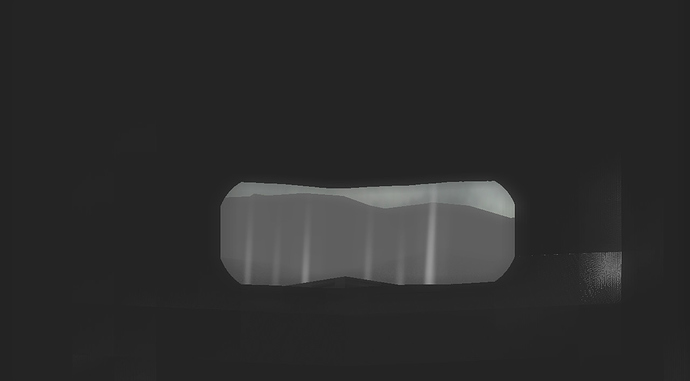


 I actually tried with the UV scroll script, but the tracks would stop instantaneously when the tank stopped moving. I’ll give it another try.
I actually tried with the UV scroll script, but the tracks would stop instantaneously when the tank stopped moving. I’ll give it another try.
